The Best Lower-Back Exercises To Strengthen Your Muscles
This mix of bodyweight moves for home and weighted exercises for the gym will help prevent back pain down the line
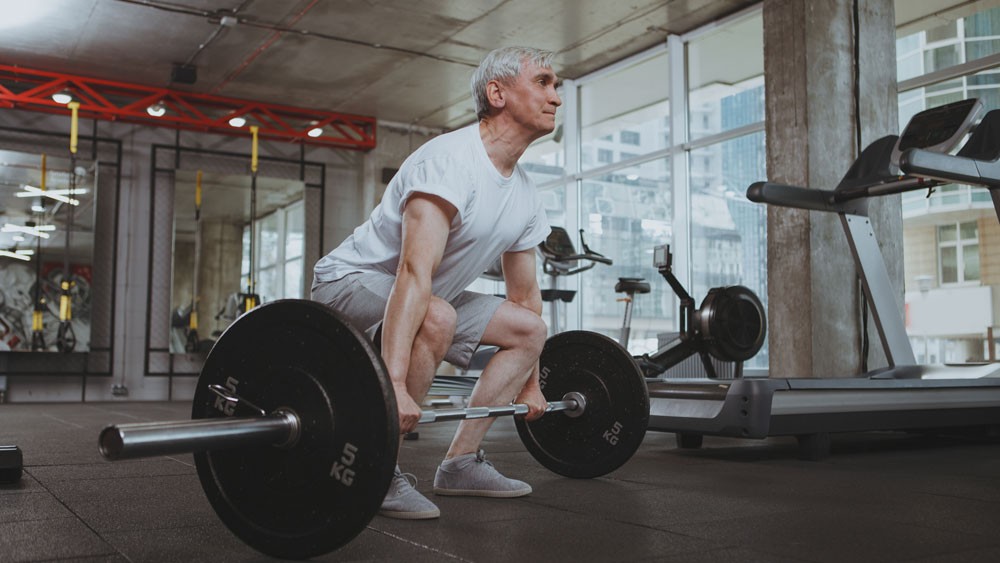
We’ll freely admit that the lower back is not the most glamorous part of your body to target in the gym. You’re very unlikely to ever get complimented on its appearance, and lower-back exercises are often tricky, technical moves done with little weight.
All the same, they’re some of the best back exercises to do because lower-back pain is one of the most common complaints in the UK. It’s often linked to a sedentary lifestyle with lots of time spent hunched over a desk.
To help you avoid that unpleasant outcome, here is a selection of lower back exercises put together by Alasdair Fitz-Desorgher, trainer with at-home fitness app OpenFit. Fitz-Desorgher has picked a range of moves that use free weights, a cable machine, a resistance band, a suspension trainer and just your bodyweight, so there’s something for everyone regardless of what equipment you have access to.
If you’re struggling with back pain and feel like these lower-back exercises are beyond you, try these exercises to relieve back pain. They’re safe, simple and office-appropriate.
The Best Lower-Back Exercises For Home
Bird-dog
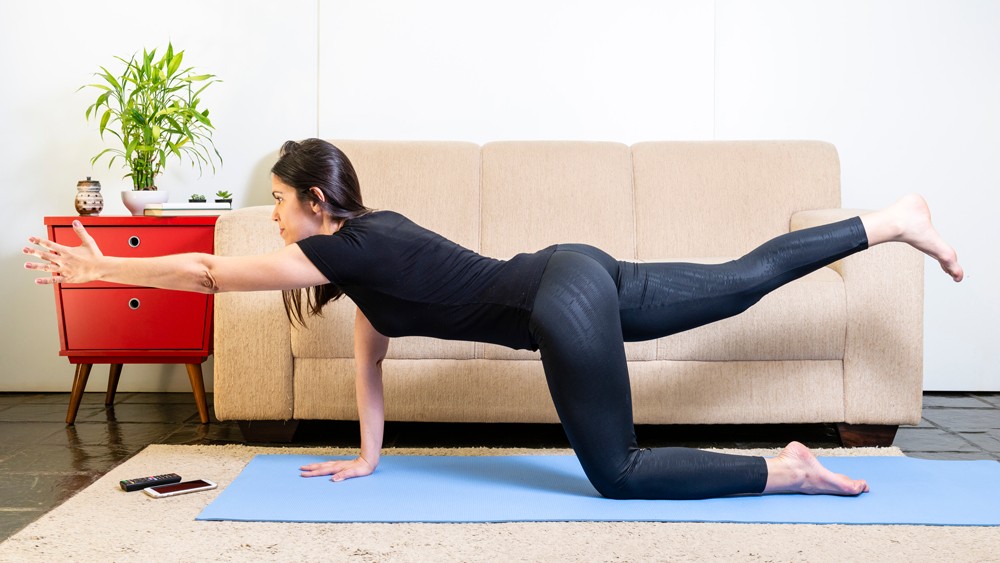
Sets 3 Reps 10 2sec holds each side for the first set, then five 4sec holds each side for the second set, then two 10sec holds each side for the final set
This is an excellent core and mobility exercise. It’s also effective for warming up the muscles along your posterior chain, the muscles in the rear of your legs and spine, which are key for power production and athletic performance. Focus on maintaining your balance, keeping your back flat and making slow, controlled movements, which will also increase your time under tension. To ensure your back is flat, ask someone to check your form, or if no-one’s around, try to do the exercise in front of a mirror or record yourself on your smartphone and replay your set.
How to do it: Start on your hands and knees with your hands directly below your shoulders and knees directly below your hips. Keeping your back flat and core engaged, simultaneously extend your left arm straight in front of you and your right leg straight behind you. Hold this position and then return to the start. Repeat, this time raising your right arm and left leg. Alternate sides with each rep.
Get the Coach Newsletter
Sign up for workout ideas, training advice, reviews of the latest gear and more.
For the first set, complete ten reps of two-second holds on each side. In the second set, do five reps of four-second holds each side. For the final set, perform two reps of ten-second holds each side.
Make it harder: Graduate to the bird-dog crunch. Each time you extend an arm and leg, bring your elbow and knee together under you, and then re-extend them before returning to the starting position.
Make it easier: Perform the movement with only one limb at a time, keeping three points of contact with the ground instead of only two.
Superman to heel touch
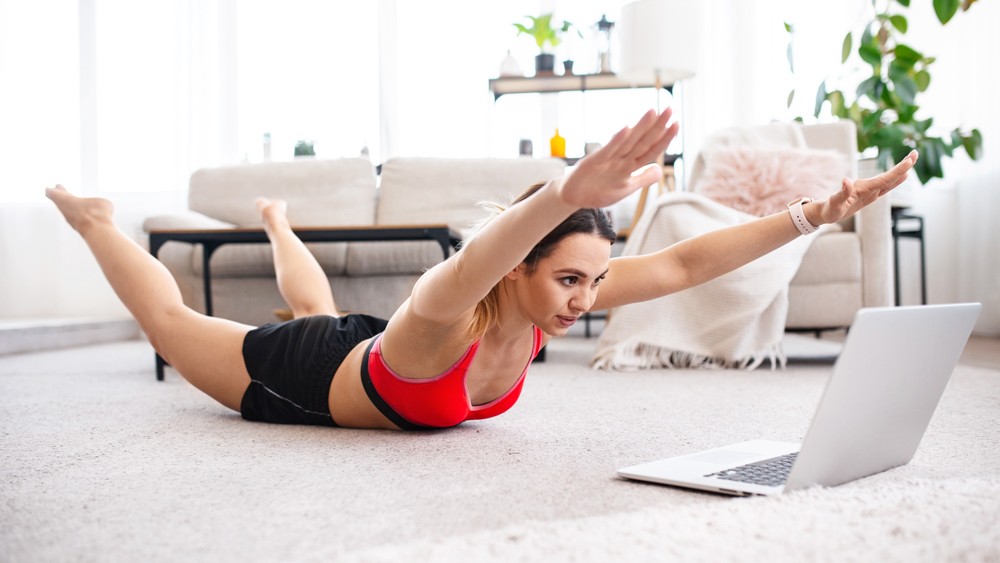
Sets 3 Reps 15
This bodyweight exercise works the entire posterior chain.
How to do it: Lie face down with your legs straight and arms extended forwards. Keeping your core engaged and head down, looking at the floor, squeeze your glutes and raise your chest, arms and legs.
Bend your knees to draw your heels towards your bottom and sweep your hands back to touch your heels with your fingers. Return to the starting position and repeat.
Make it harder: Hold a pair of light dumbbells while performing the move. If you’re in need of a pair, browse our picks of the best dumbbells.
Make it easier: Only lift your chest and arms, keeping your legs on the floor.
Alternating extended side angle
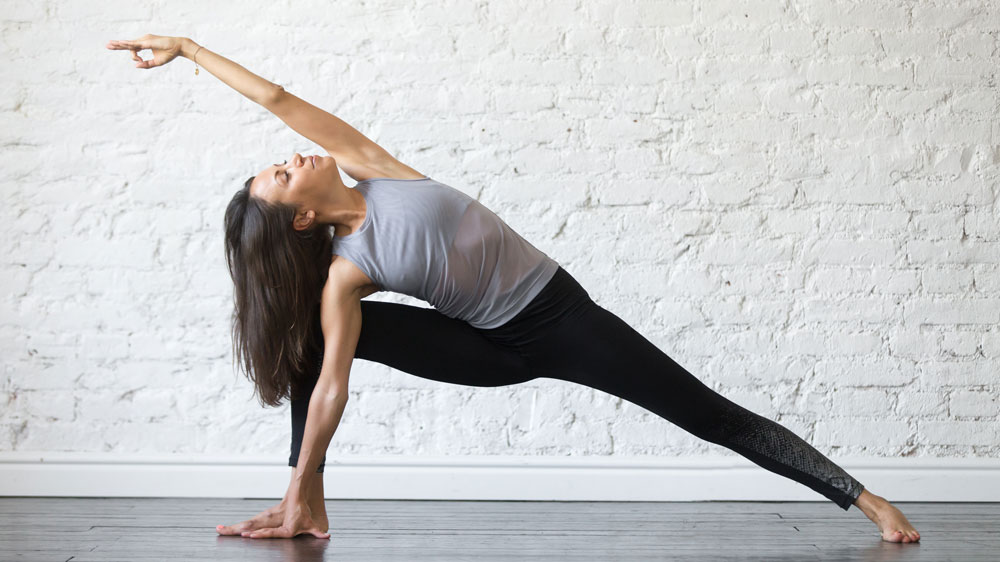
Sets 3 Reps 10 each side
This exercise uses lateral flexion (more simply put, movement to the sides) to work muscles, which help to stabilise and support the spine through lateral and transverse movements. It may be familiar to people who practise yoga.
How to do it: Stand with your arms by your sides, legs straight and feet double shoulder-width apart. Imagine you are sandwiched between two sheets of glass in front and behind you so you can’t bend forwards only sideways. Keeping your right leg straight, bend your left knee and touch the floor on the outside of your left foot with your left hand as you reach your right hand overhead, creating a long, straight line from your right heel to your right fingertips. Return to the starting position and repeat, this time reaching to the outside of your right foot with your right hand as you reach your left hand overhead. Alternate sides with each rep.
Make it harder: Hold a pair of light dumbbells while performing the move.
Make it easier: Rest your elbow on your knee instead of touching the floor during each rep.
Standing ITY
Sets 3 Reps 21 2sec holds in each position for the first set, then 15 4sec holds for the second set, then nine 6sec holds for the final set
This is a bodyweight exercise that targets the muscles of the upper back and shoulders while requiring the muscles of the lower back and core to maintain an isometric hold. The result is increased core stability, enhanced shoulder mobility, and greater upper back strength and stamina.
How to do it: Stand with your feet hip-width apart. Keeping your back flat and only a slight bend in your knees, push your hips back as you bend forwards slightly (hinging at the waist) until your torso is nearly parallel to the floor. Raise your arms overhead, bringing your biceps next to your ears to form an “I” with your upper body. Next, spread your arms slightly to form a “Y”. Finally, spread your arms perpendicular to your torso to form a “T”. That’s one rep. Continue to repeat the “ITY” sequence for the prescribed number of reps, progressively reducing the reps but increasing the hold time for each set as detailed above.
Make it harder: Hold a pair of light dumbbells while performing the move.
Make it easier: Don’t hinge forwards as far.
Reverse plank
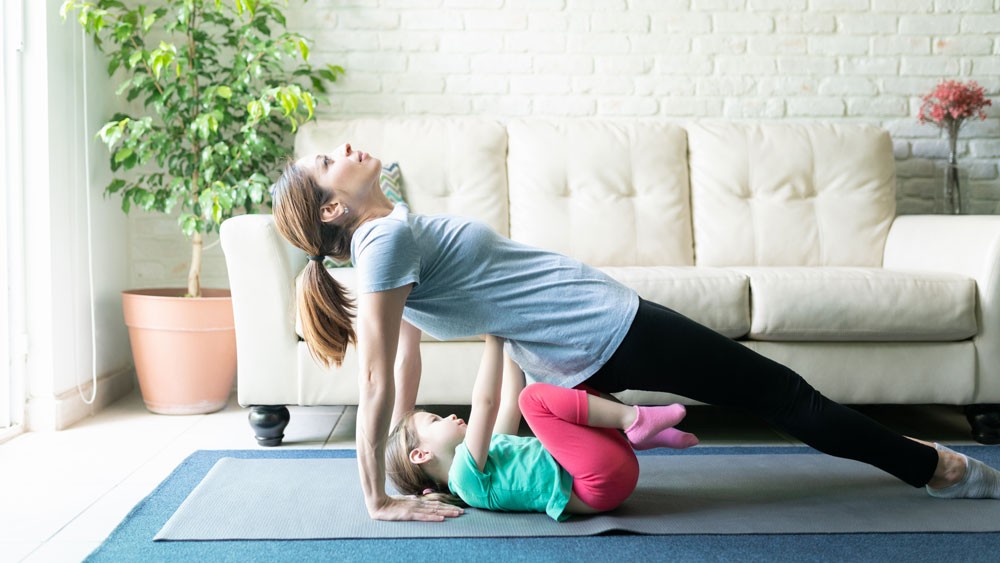
Sets 2 Time Until failure
This is an isometric hold for the whole posterior chain to help build muscular endurance.
How to do it: Sit with your legs straight and your hands on the ground by your hips. Press down through your heels and squeeze your glutes to raise your bum off the floor until your body is straight from head to heels. Squeeze your shoulder blades together to open your chest. Hold until you can’t maintain perfect form. Try to beat your time from the first set in the second without looking at the clock.
Make it harder: Alternate raising each leg for two seconds during each set.
Make it easier: Keep your feet flat and knees bent in a bridge position.
The Best Lower-Back Exercises For The Gym
Deadlift
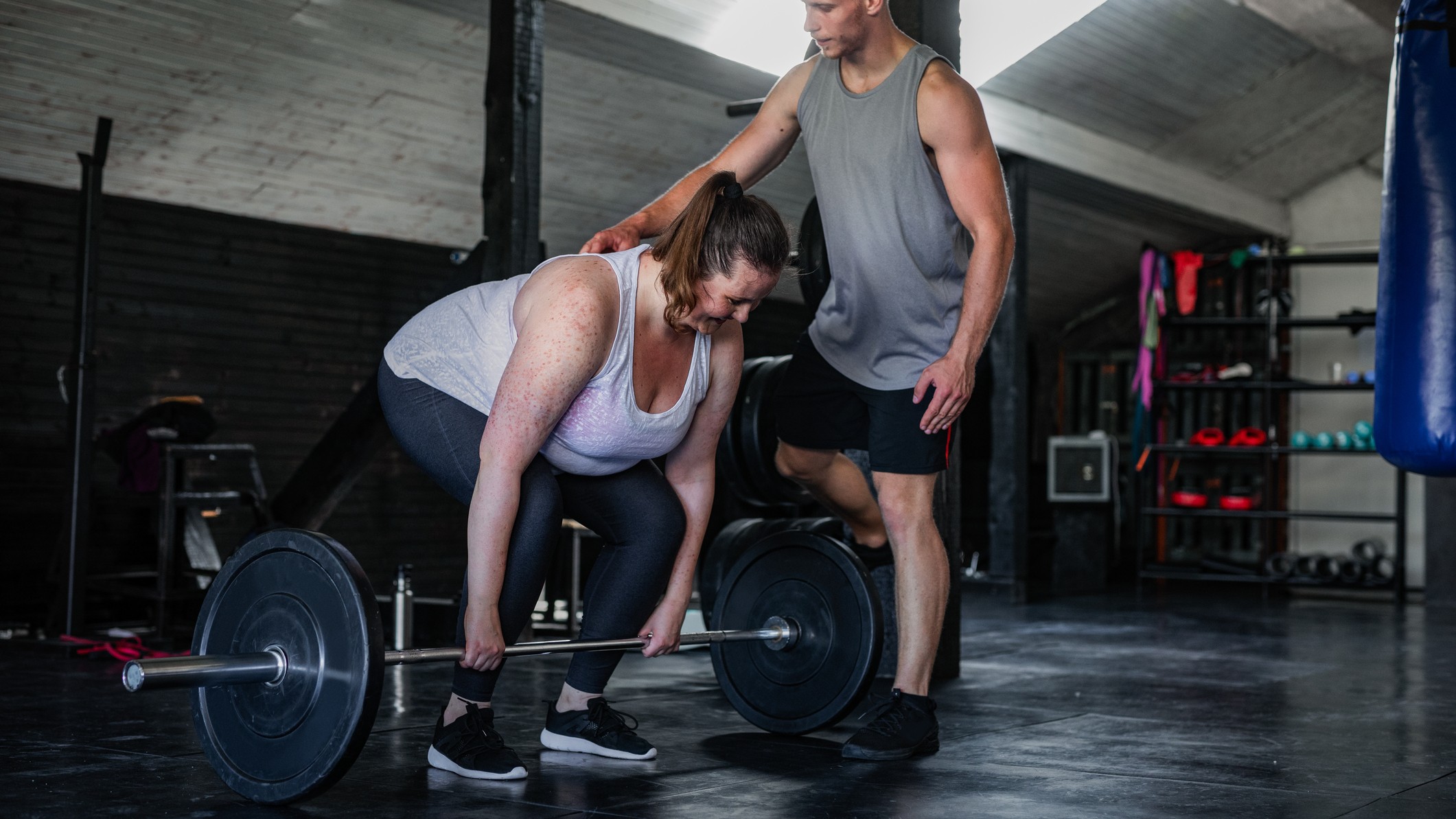
Sets 3 Reps 12
This compound exercise (an exercise that works multiple muscle groups) not only builds strength throughout the whole posterior chain – particularly in your glutes and hamstrings – but also requires you to master the all-important hip hinge movement, which is key for lifting safely and powerfully in the deadlift, the squat and other leg exercises. You’ll need dumbbells or a barbell with plates.
How to do it: Stand with your feet hip-width apart and a barbell positioned close to your shins over the middle of both feet. Keeping your back flat, core engaged and chest up, push your hips back – imagine you’re closing a door with your bottom – and grab the bar with a shoulder-width overhand grip. Your hips should be lower than your shoulders, but higher than your knees.
Pull your shoulders back and down, and then drive through your heels to lift the bar, keeping it close to your body as you thrust your hips forwards to return to a standing position. Pause, and then reverse the movement to lower the bar back to the floor.
Make it harder: Increase the weight.
Make it easier: Decrease the weight.
Lateral cable/resistance band walkouts
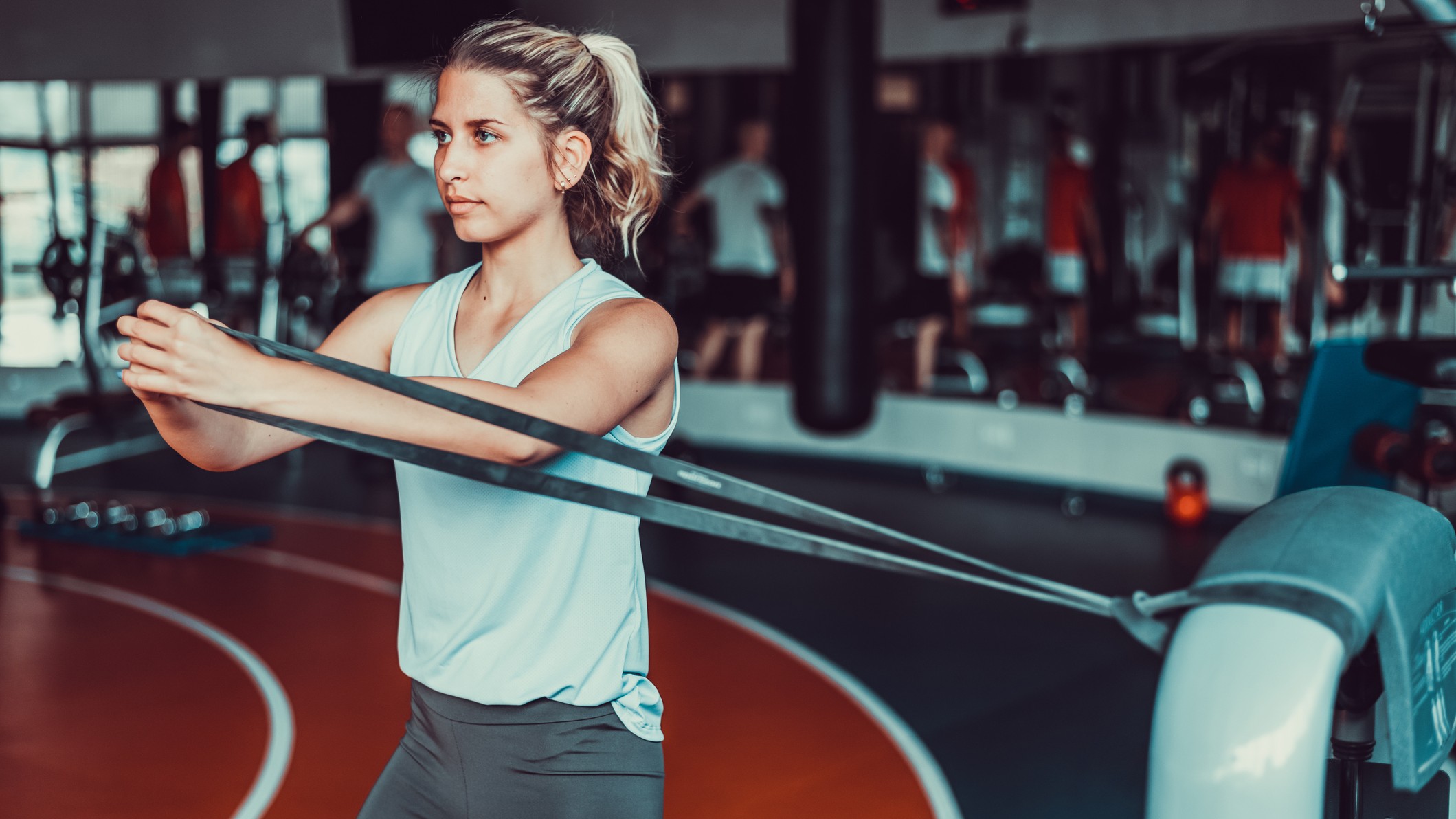
Sets 3 Reps 10 each side
This is a resistance exercise using isometric contraction to build strength in the transverse plane (more simply put, strength when rotating), helping to support the spine through twisting movements. To do this workout at home, buy one of our recommended best resistance bands.
How to do it: Attach a resistance band to a secure anchor point at chest height, or set a cable pulley to chest height, and stand sideways to the anchor point, holding the other end of the band or handle in both hands with your arms extended straight in front of you.
Keeping your core engaged and arms directly in front of you, shuffle sideways for three steps away from the anchor point or pulley – don’t allow your torso to rotate. Pause, and then shuffle back three steps to the starting position. Do all your reps, then switch sides.
Make it harder: Increase the resistance and/or walk slower and further.
Make it easier: Decrease the resistance.
TRX inverted row
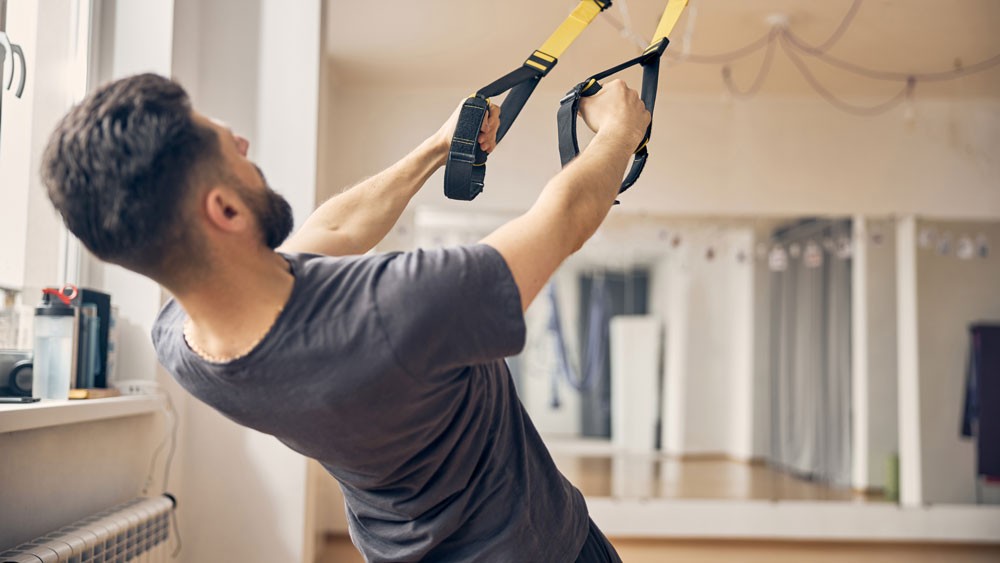
Sets 3 Reps 10
This is a bodyweight exercise, requiring a suspension trainer such as a TRX (use our recommendations of the best suspension trainers to add one to your home gym). Like the IYT exercise, it employs an isometric hold for the lower back and core to build muscular endurance.
How to do it: Attach a suspension trainer to a high anchor and adjust the straps so that the handles hang at waist height. Holding the handles with an overhand grip, walk your feet forwards as you lower yourself into an inverted row position. Your body should be straight from head to heels with your arms extended straight above your chest.
Keeping your core and glutes engaged, squeeze your shoulder blades together as you pull your chest to the handles, driving your elbows wide. Pause, and then lower yourself back to the starting position.
Make it harder: Lengthen the TRX ropes to bring your body closer to horizontal.
Make it easier: Shorten the TRX ropes to bring your body closer to vertical.
Openfit features live, trainer-led classes with real-time coaching. Memberships start at £37.99 with three-, six- and 12-month plans available, and you can get a free trial of the service.

Nick Harris-Fry is a journalist who has been covering health and fitness since 2015. Nick is an avid runner, covering 70-110km a week, which gives him ample opportunity to test a wide range of running shoes and running gear. He is also the chief tester for fitness trackers and running watches, treadmills and exercise bikes, and workout headphones.
